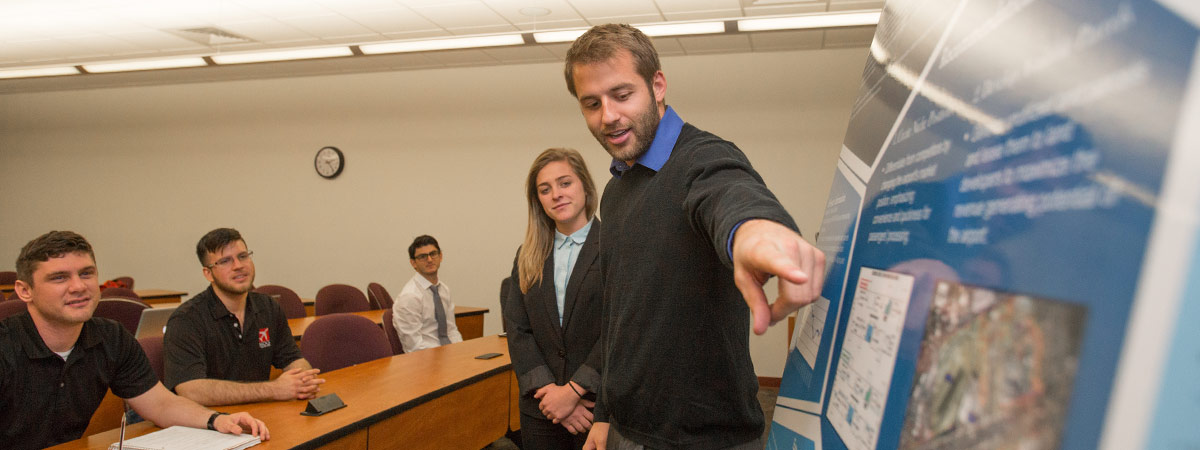Interorganizational Relationships and Culture Transference: An Example of the Government as Stakeholder
Document Type
Conference Proceeding
Publication/Presentation Date
2011
Abstract/Description
Organizations are open-systems [1], which are interrelated with their environments, environments that include key stakeholders in their organizations. As a result, it is likely that stakeholders can have an effect on the evolution and transformation of organizations and their cultures, especially those influential stakeholders that have unique and strong relationships with their associated organizations. This conceptual research is grounded in the principle that organizational culture can be the result of an organization’s influence by and adaptation to important stakeholders in its environment. We are not aware of research that has investigated why and how culture transfers between organizations that lie outside their immediate industries or professional communities, yet there is some anecdotal evidence that the phenomenon occurs. We use an example of the United States (US) government, specifically the Department of Defense (DOD), as the critical customer stakeholder to organizations in the US defense industry, to propose our arguments on culture transference. We believe that the path for and likelihood of culture transference lie in the type, strength, and tenure of the relationship between stakeholder and focal organization. We propose that these three attributes can increase the likelihood of culture transference and the subsequent emergence in the focal organization(s).
Publication Title
The 9th IAMB Winter Conference
Sponsorship/Conference/Institution
IAMB
Location
Orlando, Florida
Scholarly Commons Citation
Tinoco, J. K., & Arnaud, A. (2011). Interorganizational Relationships and Culture Transference: An Example of the Government as Stakeholder. The 9th IAMB Winter Conference, (). Retrieved from https://commons.erau.edu/db-management/7


Additional Information
Editor: Shmuel Batzri